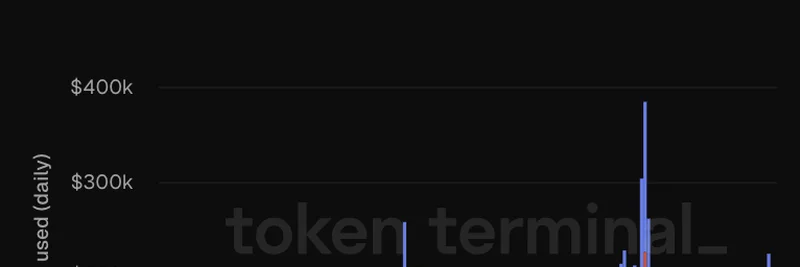In the fast-paced world of cryptocurrency, understanding where network fees come from can give you a real edge, especially if you're diving into meme tokens on Ethereum. Recently, Token Terminal shared an eye-opening chart on X that breaks down how asset issuers like Tether and Circle are pumping fee revenue into the Ethereum network. Let's unpack this and see what it means for the broader crypto ecosystem, including those viral meme coins.
The Role of Stablecoin Issuers in Ethereum's Economy
Stablecoins like USDT from Tether and USDC from Circle aren't just digital dollars—they're the lifeblood of trading and liquidity in crypto. Every time these issuers mint, burn, or transfer tokens on Ethereum, it consumes gas, which translates to fees paid to the network. These fees are essentially Ethereum's revenue, funding validators and keeping the blockchain humming.
Token Terminal's chart zooms in on the daily gas usage by Tether and Circle on Ethereum from March to July 2025. Gas here is measured in USD equivalents, showing the economic impact rather than raw units. It's a stacked bar graph where red bars represent Tether's activity and blue for Circle. What stands out? A steady hum from Tether early on, with Circle's contributions spiking dramatically in July, pushing total daily gas usage close to $500k on peak days.
This surge isn't random. Circle's USDC has been gaining traction, especially with integrations into DeFi protocols and cross-chain bridges. Meanwhile, Tether maintains its dominance in trading volumes, often fueling the wild rides of meme tokens on platforms like Uniswap. When meme coin traders swap ETH for the latest dog-themed token using USDT, those transactions rack up gas fees, indirectly benefiting from the infrastructure these issuers provide.
Why This Matters for Meme Token Enthusiasts
If you're into meme tokens—think Dogecoin derivatives or Solana-based pups ported to Ethereum—this data highlights Ethereum's resilience as a fee-generating machine. Higher fee revenue means a more secure network, which is crucial for hosting those high-volatility assets. Plus, as stablecoins flow in, they provide the on-ramps for retail investors chasing the next big meme pump.
But there's a flip side: rising gas fees can price out smaller players, making Ethereum less accessible for low-stakes meme trading. That's why layer-2 solutions like Optimism or Base are buzzing—they inherit Ethereum's security while slashing costs. For meme insiders, keeping an eye on these trends via tools like Token Terminal can help predict when Ethereum might see a fee spike, potentially signaling increased activity in meme markets.
Breaking Down the Trends
Looking closer at the chart:
- March to May 2025: Tether dominates with consistent but modest gas usage, hovering around $100k-$200k daily. Circle's blue bars are slimmer, indicating lower activity.
- June 2025: Things heat up as both issuers ramp up, with combined usage climbing steadily.
- July 2025: Circle explodes onto the scene, with massive blue spikes overtaking Tether on several days. This could tie into major events like ETF approvals or DeFi yield farms attracting USDC liquidity.
These patterns suggest shifting preferences in the stablecoin wars. Tether's long-standing market share is being challenged by Circle's regulatory-friendly approach, which appeals to institutions. For meme token projects, this means more stable liquidity pools, potentially stabilizing prices during hype cycles.
Looking Ahead: Implications for Blockchain Practitioners
As blockchain pros, we know fee revenue is key to a network's sustainability. Ethereum's proof-of-stake model relies on these fees post-merge, and with EIP-4844 (Dencun upgrade) optimizing data blobs, costs might drop—but activity from issuers like these keeps the revenue flowing.
If you're building or trading meme tokens, consider how stablecoin dynamics influence your strategies. Tools like Etherscan can help track these transactions in real-time, while communities on X (formerly Twitter) buzz with insights.
In summary, Token Terminal's snapshot reminds us that behind the memes and moonshots, foundational players like Tether and Circle are quietly (or not so quietly) powering Ethereum's economic engine. Stay tuned for more breakdowns here at Meme Insider—your go-to for decoding crypto's wild side.



